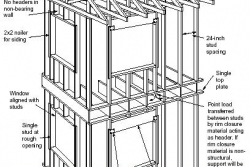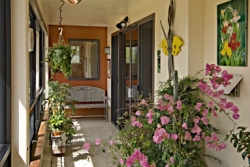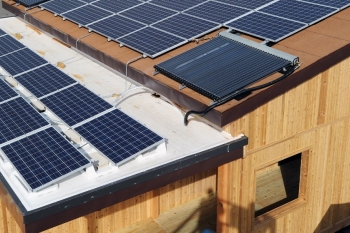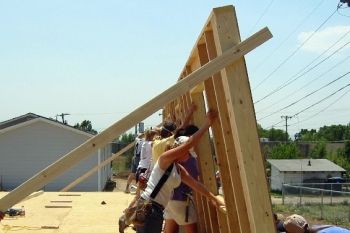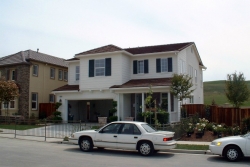Investing in your home's energy efficiency when designing a new home or remodeling an existing one can help you save energy and money in the long run. The design or remodeling stage is also a good time to consider adding a renewable energy system like small wind turbine or solar panels that will provide your home with electricity, water heating, or space heating and cooling.
If you'd like to design an energy-efficient home, no matter what type of design, you should use what's called the whole-house systems approach. If you're remodeling a home, be sure to conduct an energy audit before making upgrades to determine what energy efficiency improvements should and can be made to your home.
Featured
Before you design a new home or remodel an existing one, consider investing in energy efficiency.
Advanced house framing, sometimes called optimum value engineering (OVE), refers to framing techniques designed to reduce the amount of lumber used and waste generated in the construction of a wood-framed house.
Like site-built homes, new manufactured homes (formerly known as mobile homes) can be designed for energy efficiency and renewable energy.
Sunspaces serve three main functions -- they are a source of auxiliary heat, they provide space to grow plants, and they are pleasant living areas.
Consumers can find financial assistance for energy efficient purchases and improvements in the form of incentives such as tax credits or rebates, and through energy-efficient financing.
Before designing or purchasing a log home, you should consider several factors related to energy efficiency.
Whether you're a professional home performance contractor or a do-it-yourself homeowner, learn five simple steps for making your windows more energy efficient.





